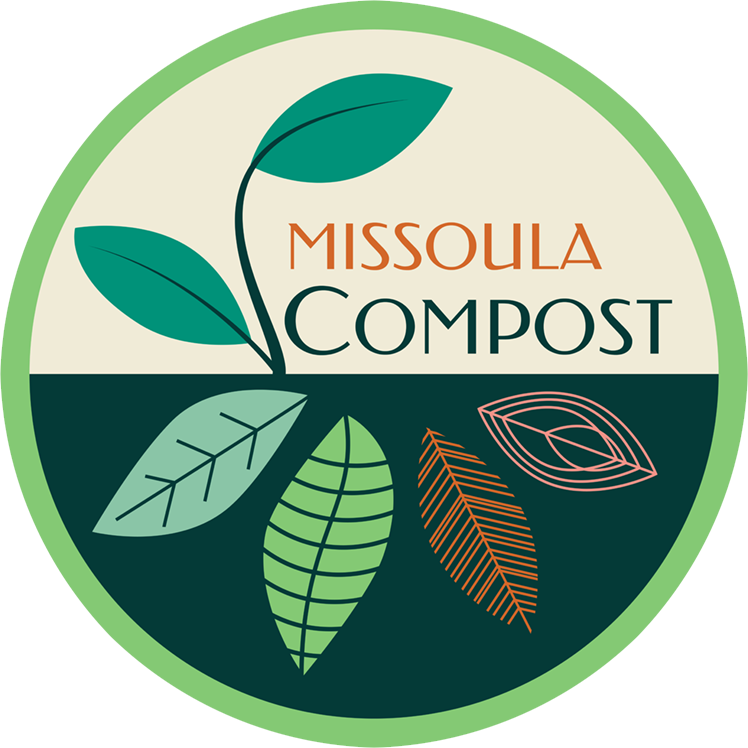Decomposing 101
Today is the day we celebrate death, scare off bad spirits, and collect our winnings in candy. It is a day all about death and decay (even if it is our teeth, darn candy!). So, in the spirit of Halloween, lets breakdown decomposition:
Without decay, we would not have life. Everytime something decomposes, it simply becomes part of something else. This is how nature recycles, constantly reforming organic matter into new and different life.
There are two ways organic material can break down. With oxygen and without oxygen; aerobic and anaerobic respectively.
Aerobic decomposition is most common in nature. Aerobic systems are more desirable for many reasons:
It produces heat that aids in exterminating harmful pathogens and parasites
It enables carbon to be used as an energy source for microorganisms
it produces less odor than anaerobic decomposition
It harbors more numerous and more species of bacteria, fungi, and invertebrates than anaerobic decomposition
Anaerobic decomposition, on the other hand, is less than ideal. This is the kind of decomposition that happens in landfills, as well as swamps and mud pits.
It is foul smelling because microorganisms that can survive and break down organic material without oxygen turn that material into organic acids and ammonia.
The carbon from organic material is not used as energy, instead it is mainly reduced to form methane gas.
Anaerobic decomposition also does not generate heat, leaving pathogens and parasites able to further contaminate material
Decomposition happens because of little critters and creatures that are able to change organic material both chemically and physically. We call them decomposers. Most of these organisms are microscopic, but some are large enough to observe unaided like earthworms and other invertebrates.
Decomposers have their own beautiful little cycle of life and death within the period of decay and recomposition, some bacteria only live for 20-30 minutes. This cycle works because decomposers seamlessly change jobs and work alongside each other throughout the process. Where some organisms thrive, others die. That death fuels more and different life. Whether temperatures soar or fall, moisture levels rise or fall, oxygen is abundant or limited there is always a little critter that survives and carries on the cycle. Granted the pace and quality of decomposition will change for better or worse depending on the conditions.
This is where composting comes in. Composting is a skill to create ideal conditions for decomposers to thrive and do their best work. We then use the soil they create to fuel new growth. So you see, decay is not as scary as it sounds.
Happy Halloween! Make sure to compost those pumpkins, leaves, and even candy (minus the wrapper).
Stay safe and warm!
Your friends at Missoula Compost
Resources:
Kowalski, Kathiann. 2014. Recycling the Dead. Microbes. Science News Explores.
Aggie Horticulture. 2009. Earth-Kind Landscaping. Chapter 1, The Decomposition Process.

